5 Fruits That Set Off Mass Panic

You might think of fruit as a boring, healthy option, but don’t be fooled. Fruit is nature’s candy. Or, rather, fruit is humanity’s candy — we sank many years of selective breeding into turning those plant ovaries into the sweet treats they are today. We later evolved them further and created the Tootsie Pop, but until we did, fruits were the apex of sinful deliciousness. And so, inevitably, some of our ancestors went bananas.
Bananas Were Considered Too Phallic to Eat
You’ve heard the jokes: Bananas look like dicks. The jokes are unfair. A lot of objects are phallic (or better put, a lot of objects are oblong), and bananas are less so than a lot of that stuff, thanks to a pronounced curve. We can name several other items of produce that are more phallic than bananas. Plus, bananas come in bunches, and while we could totally make an orgasm joke out of the first part of this sentence, that bunched-up arrangement should make each fruit feel less penisy.

People thought bananas looked phallic even back in the 1800s, although, in fairness, they had more cause to think that back then. The variant that we eat today, the Cavendish banana, did not yet exist, and people were eating a more straight type of banana, which we’d call a plantain today. People considered the shape obscene. They’d slice it rather than eat it whole. When displaying it, they’d use foil to disguise the shape, for fear of looking like they were enshrining a phallus in the center of the dining table.
Women, in particular, felt it taboo to handle this “immoral fruit.” We imagine this wasn’t so much a matter of men being comfortable with performing fellatio while women were not, but rather that everyone was more prone to sexualize an object when a woman handled it. To combat this taboo, Andrew Preston of the Boston Fruit Company launched a campaign, distributing postcards showing women posing with bananas. They didn’t pose provocatively. For example, here’s a French postcard that he did not issue:

via Vintage.es
No, Preston’s postcards merely showed women holding bananas, to prove it’s a normal thing to do. This helped shake the banana stigma.

Preston’s later activities helped banana sales even more. He dropped the price by creating an industrial banana pipeline, merging with other banana growers to form the United Fruit Company, who later renamed themselves Chiquita. You probably already know what those guys did, but if you haven’t heard how United Fruit pulled a coup in Guatemala, go read about it, you’re in for a treat.
Avocados Were Considered Dangerously Sexual
Bananas weren’t the only fruit filled with hormones designed to get your juices pumping. At the start of the 20th century, rumors circulated that the avocado oozed sexuality. The avocado is decidedly not a phallic fruit. However, it does look a bit like a testicle. In fact, before American farmers chose the name “avocado,” it was called the ahuacate, which was the Aztec word for testicle. Whether the fruit was named after the organ or the slang term was named after the fruit is a matter of dispute among testicle historians.

The specific rumor about the avocado was that its flesh had aphrodisiac properties. With many foods, being an aphrodisiac is a selling point, but that somehow didn’t translate into popularity when it came to the avocado. Maybe it was because avocados were already seen as the bad kind of exotic. Or maybe it was that testicle resemblance again, which felt repulsive rather than exciting.
The avocado raisers’ association dispatched a representative to publicly deny that avocados were aphrodisiacs. Sales rose. We’re unable to confirm, however, if sales really rose because people had been freed of that bit of misinformation. Maybe, instead, people now bought the fruit anew because this was the first they’d ever heard of the aphrodisiac rumor, and they were all for it.

That happens sometimes. Have you ever heard about how rhino horns are prized as aphrodisiacs? They actually were not in traditional Chinese medicine. But then rhino conservationists waged campaigns dismissing the (nonexistent) rumor as pseudoscience. People suddenly started believing that rhino horn had to be boner fuel after all, and so, they began hunting rhino more ferociously than ever.
The Kiwi Got Renamed During the Cold War
The kiwi is a fruit. It’s also a bird. It’s also a name for someone from New Zealand. For all of you curious about which name came first, here’s the answer: It was the bird, as that’s the Māori name for the bird, going back centuries. People in New Zealand today are named after the bird. The fruit is named after the country, though it does also look a bit like the bird from certain angles.
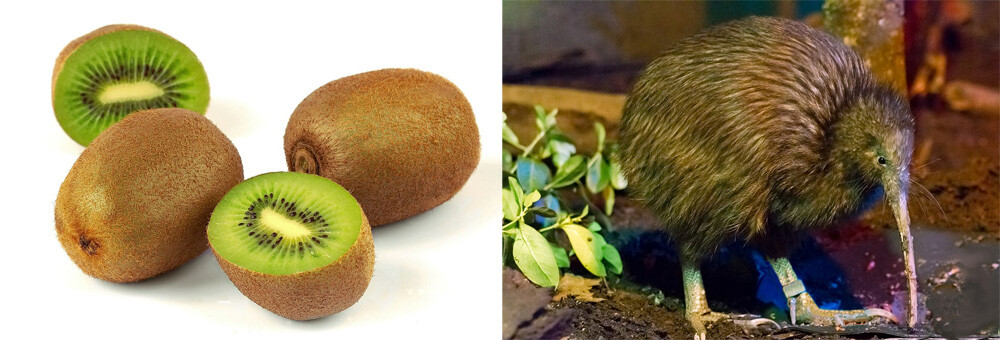
The fruit was not always known as the kiwi, however. It used to be called the Chinese gooseberry, and some people still call it that now. That name came about because the fruit was originally from China. Even today, China exports the most kiwis, followed by Italy, with New Zealand only ranking third.
New Zealand got the fruit at the start of the 20th century, successfully cultivated it and began exporting it to America in the 1950s. The Cold War proved a bad time for marketing a fruit named after China. The exporter, Turners and Growers, therefore came up with a new name: melonettes. No one liked that name either, since melons are pure garbage, but consumers did dig the next name: kiwifruit, named after a country that was definitely not China.

It was like renaming French fries “freedom fries” ahead of the Iraq War, or renaming sauerkraut “liberty cabbage” during World War I. Except, the name stuck. It’s all worth it if that’s what it took for the fruit to get popular in America, since the kiwi fruit really does taste great. It tastes much better than the kiwi bird, anyway, which one explorer said tastes like “a piece of pork boiled in an old coffin.”
The Government Stole Raisins for a National Reserve
Prices for everything are high now, and people are angry, figuring that someone somewhere should do something about it. At other times, however, prices get low, and when this happens, the government steps in and acts. It’s not very easy for the government to respond when the supply of a product is too low and pushes prices high, but when the supply is too high and pushes prices low, they can fairly easily fix that. They just need to grab huge quantities of the stuff before it can reach the market.
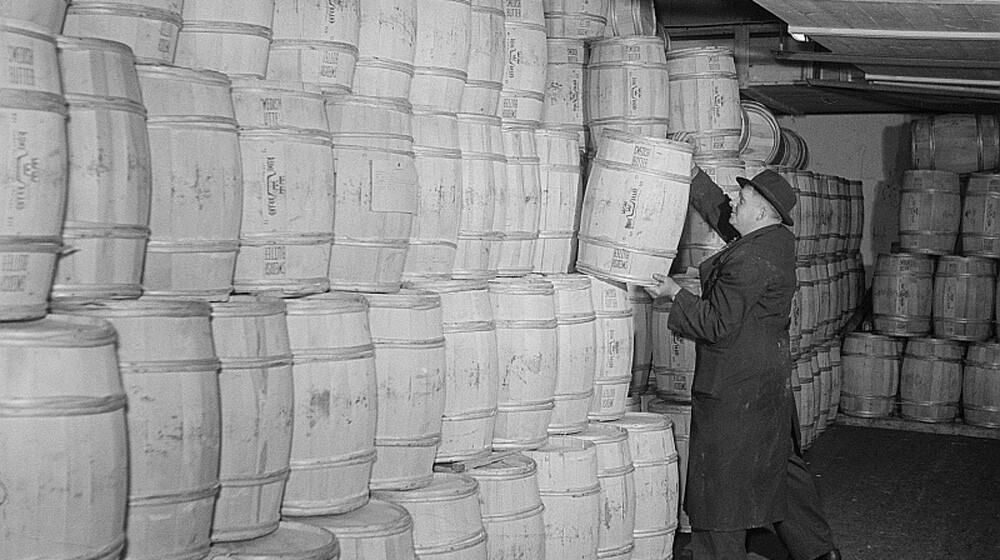
The idea here is that consumers may want prices low, but if prices drop too low, the producers might go broke. And while you might say, “hey, that’s how business works,” this risks crippling whole industries, depriving us of vital products. Such as raisins. Uh, yes, raisins. Starting in 1937, the Department of Agriculture began holding back raisins from the market, stocking a National Raisin Reserve and keeping prices high.
This was stupid. Arguably, every single one of these government interventions is stupid, but this one was especially stupid. Even if it made any sense during the Great Depression (debatable), it stopped making sense soon thereafter. The raisin industry was never again in danger of crashing, and if it did collapse, we’d all be fine. We could get by on imported raisins or by not eating raisins at all.
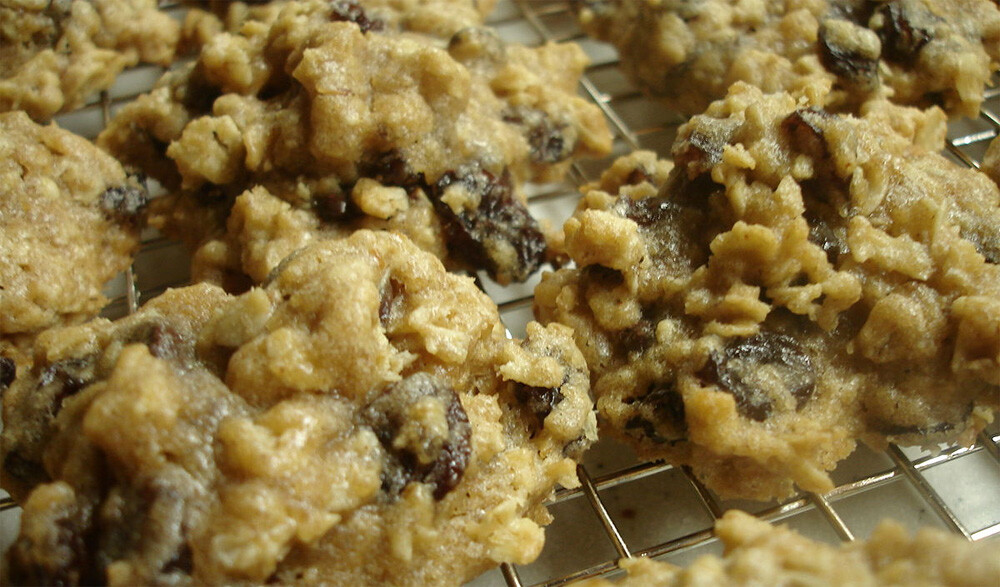
In fact, raisin producers were against this system, too, because rather than buying all the excess raisins and storing them in some cave, the government seized the crops without paying for them. One farmer rebelled and decided he’d sell all his stuff rather than handing half over for free, and the government fined him $650,000. He appealed all the way to the Supreme Court, who finally ruled that the system was blatantly illegal.
This should have been obvious. Not only is it written into the constitution, but we’re pretty sure “don’t mess with my grape crop” was the whole message behind the film Gladiator.
The Youngest Person to Be Executed in America Was Over a Matter of Strawberries
Here’s a fun fact: The strawberry isn’t a fruit. Not exactly, anyway. Those little bumpy things on the strawberry, which you’d probably call the seeds? Those are the fruits of the strawberry plant, while the thing that you’d call the berry is the receptacle for the fruits. However, when you eat a strawberry, you are still eating fruits (dozens of fruits), so we think it’s valid to include a story about strawberries in this fruit article. Also, we wanted to open with a fun fact, because the rest of this story isn’t very fun at all.
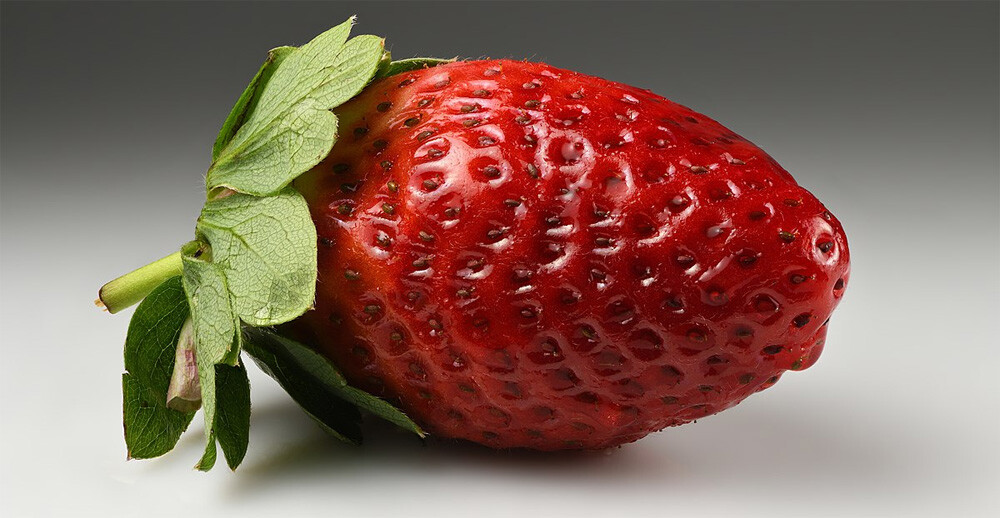
The youngest person ever formally executed in the U.S. was hanged in 1786. America has put some youngsters to death over the years — one 14-year-old, who was later ruled innocent, was too short for the electric chair, so they boosted him by making him sit on a Bible — but Hannah Ocuish set the record, as she was just 12.
They hanged Hannah for killing a younger girl. Hannah killed that girl while fighting over strawberries. Murder is still punishable by execution in some places, but a few elements of this case suggest Hannah Ocuish would not get capital punishment today. For one thing, she was 12. For another, she appeared to lack the mental capacity for being held liable for murder, even separate from being a child. Hannah was a “fierce young savage” who lived in the woods after having been abandoned by her mother years before.
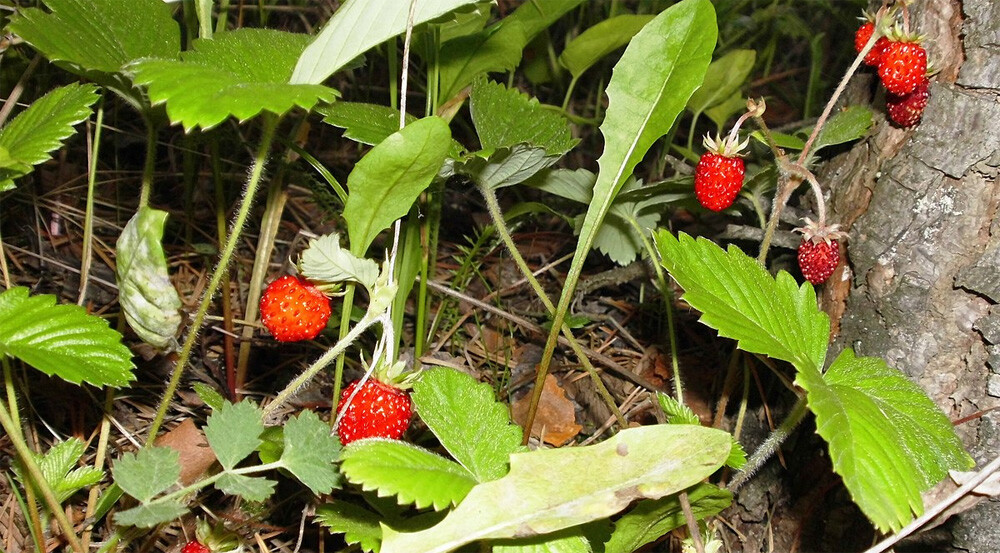
A third possible defense for Hannah: It was justifiable homicide. She murdered for strawberries. Have you ever eaten fresh strawberries? Those things are delicious.
Follow Ryan Menezes on Twitter for more stuff no one should see.